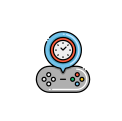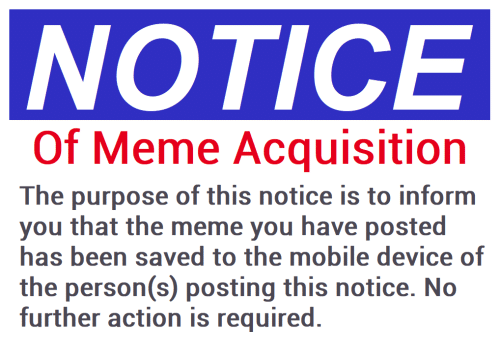I’m actually pretty opinionated on gamepads.
For most arcade games, fighting games, and most 2D PC games I tend to go with a 6 button Sega style gamepad. The D-pad really lends itself to fluid, rapid movements. I honestly like them so much that I’ve picked up 6 button ASCII pads for my PS2/PS1 and Dreamcast.
For PC games, Retro-bit makes good ones that are officially licensed by Sega. Their original wireless Saturn pad was my go to for years. They also made an updated version with dual analog sticks and four triggers instead of two, which I quite like. They also make a larger pad based on the original Sega Genesis pad, but it lacks triggers and only has one start button. 8bitdo, which is a fantastic company, also makes a 6 button pad.
For everything else I use a DualShock 5 as long as I’m not using the D-pad much, and an 8bitdo Pro2 if the D-pad matters.












Major fan hear. BallisticNG is such a love letter to WipEout, its fantastic